#extremophiles
Explore tagged Tumblr posts
Text
Earth is space Australia: Extremophiles
I love this idea. I can't help but wonder how aliens would react to Extremophile species (a species that thrives in extreme environments).
Like, perhaps earth is already considered an "extreme" planet. And humans are already considered by the rest of the galaxy to be an extremophilic species ("Humans can survive nearly anything. It's quite intriguing/fascinating." - a viewpoint shared by many humanologists) and at some point some human crew members are approached by the rest of the crew...
"Is there anything you humans can't survive? You seem to be quite a hardy species," Quarm states. Xe is simply a curious individual.
"What, us? We're actually kinda weak when it really comes to it. I mean, sure we can adapt to most environments, but there's some places that even we can't handle for very long. Like the vacuum of space. Or in volcanoes." Answers human Josefine.
"Or the ocean vents!" Another of the human crew, Steven, adds.
"Yeah, those too!"
Quarm chuckles just a bit, "ah, but that isn't an expectation of any species. Such extreme heat and pressures are simply inhospitable to any individual."
"I mean, pretty much, yeah..." the human's response is concerning to Quarm.
"Human Josefine... why are you saying it like that..?" Quarm isn't sure they want the answer.
"I mean... extremophilic species are a thing that exist."
"Extrem- Are.... Are humans... not? Extremophiles???"
"Uhhh No??"
Quarm wasn't ready for his next question to be answered, but that's a given for any question about the Humans' Homeworld.
"Then... What is?"
"I mean, tardigrades can survive in a vacuum... I’m not really the person to answer this. Steve?"
Human Steve smiled broadly as he began his rant about iron-shelled Snails that live in Volcanoes, varying deep-ocean species (that all seem alien in and of themselves), and several others.
Quarm is now incredibly fearful for these "Docuseries" human Steve is wanting to share...
#humans are weird#earth is a deathworld#earth is space australia#humans are space orcs#extremophile#extremophiles
2K notes
·
View notes
Text
41 notes
·
View notes
Note
"ice crawlers" are insects found exclusively in extremely cold environments. they die at like 10 degrees C
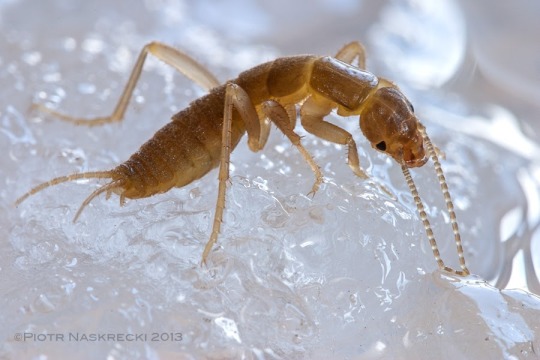
i like them because they look so sad to have been dealt this evolutionary hand. they will never know the warmth of a sunbeam 🤣
ohhhh they wanna be earwig-crickets so bad
22 notes
·
View notes
Note
https://explorersweb.com/lichen-survives-space/ <- this seems like something you would find cool (in case you haven't seen it yet). lichen survives space!!
Good job, little guys! Very proud of you! But this isn't the first times lichens have survived in space or survived space-like conditions.
Lichens Survive in Space: Results from the 2005 LICHENS Experiment
Characterization of Viability of the Lichen Buellia frigida After 1.5 Years in Space on the International Space Station
Lichen Vitality After a Space Flight on Board the EXPOSE-R2 Facility Outside the International Space Station: Results of the Biology and Mars Experiment
Viability of the lichen Xanthoria elegans and its symbionts after 18 months of space exposure and simulated Mars conditions on the ISS
Survival of lichens and bacteria exposed to outer space conditions -Results of the Lithopanspermia experiments
Whole Lichen Thalli Survive Exposure to Space Conditions: Results of Lithopanspermia Experiment with Aspicilia fruticulosa
Some lichens are so good at surviving extreme conditions that some of the most common experiments done on them are basically *put lichen in situation* *observe reaction*. I am analyzing some data right now where we subjected lichens to salt stress. Maybe I admire lichens so much because my response to any amount of change to my environment is cry?
#lichen#lichens#extremophiles#lichens in space#space#astrobiology#lichenology#lichenologist#science#science side of tumblr#I love studying lichens#I admire them so much#just little guys
48 notes
·
View notes
Text
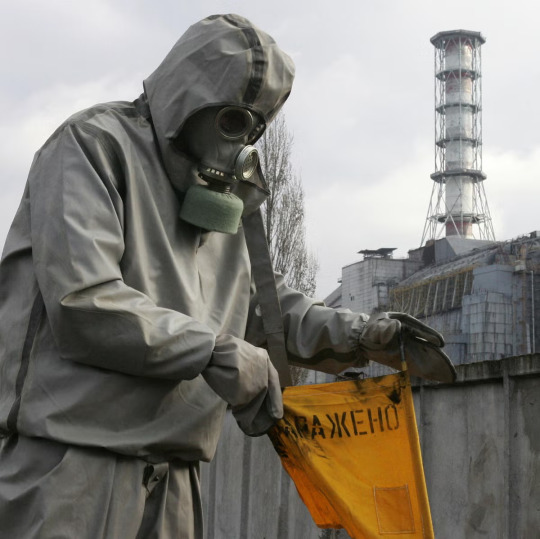

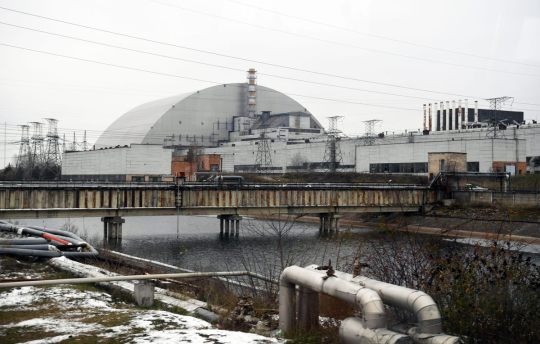
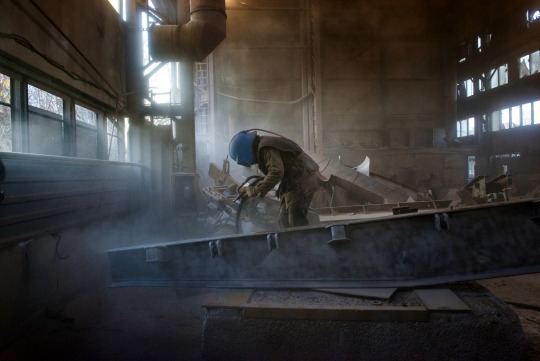
Inside the Chernobyl Exclusion Zone, scientists have discovered a black fungus capable of feeding on deadly gamma radiation.
Scientists believe this mechanism could be used to make biomimicking substances that both block radiation from penetrating and turn it into a renewable energy source. (x)
How it works:
Melanin and Radiation: The fungus contains melanin, a pigment also found in human skin, which appears to capture ionizing radiation and convert it into chemical energy—a process scientifically termed "radiosynthesis," somewhat analogous to photosynthesis in plants but using radiation instead of sunlight.
Radiotrophic Behavior: This extraordinary capability, known as "radiotrophic" behavior, allows the fungus to use radiation as an energy source to grow and sustain itself, even in high-radiation environments like the remnants of the Chernobyl Nuclear Power Plant.
Implications:
Bioremediation: These radiation-consuming fungi could potentially be used in cleaning up radioactive waste sites, offering a biological approach to absorbing and potentially neutralizing harmful radiation.
Space Exploration: Their remarkable ability to survive in extreme radiation environments makes them a fascinating subject for astrobiology. They could provide critical insights into the potential for life on radiation-exposed planets or help develop innovative strategies to protect astronauts from cosmic radiation during long-duration space missions.
Medicine and Research: The intricate mechanisms by which these fungi process and potentially harness radiation could inspire groundbreaking advances in radioprotective medicines, materials science, and our understanding of biological radiation resistance.
p.s. It's not just fungus. The overall family of extremophiles that live on or despite radiation includes both fungi and bacteria, and different species have different mechanisms for absorbing or tolerating radiation. (x)
#chernobyl#black fungus#cryptococcus neoformans#radiotrophic fungus#gamma radiation#radiation-eating fungus#extreme environments#science#biology#fungi#melanin#radiotrophy#chernobyl disaster#bioremediation#astrobiology#space exploration#extreme survival#radiation research#environmental science#radiation#microbiology#extremophiles#nature is metal#scientific discovery#weird science#organism adaptation#nuclear biology#biomimicry#research#technology
15 notes
·
View notes
Text

Challenge #04406-L022: Familiar Circumstances
This world is so cold our equipment fails often. The human is SO not built for this, with skin instead of fur, muscles instead of blubber. True their equipment never fails, but how is it, even with their suit, they never seem to feel the cold? -- Anon Guest
Every cogniscent species puts their home planet into what the Humans know as a "Goldilocks Zone" where everything is "just right" for life. It's almost natural for most cogniscents to go through an egocentric phase. That sort of thing usually ends when they encounter "impossible" cogniscents.
Humans are still having a very rough time with "impossible" cogniscents. Be gentle with them.
Helping "impossible" cogniscents is a little bit difficult for others, but that never stops the Humans. They've made their entire evolution about getting into places where they should not be able to survive.
[Check the source for the rest of the story]
6 notes
·
View notes
Text
#flamingo#birds#birdwatching#exotic birds#extremophiles#government drones#flamingos arent real grow up#theyre just fucking animatronics#“they can stand in boiling water” grow up#nothing can do that#idiot
2 notes
·
View notes
Text
youtube
more cool content from Deep Look!
#bugs#bugblr#insects#insect#bug#entomology#found elsewhere and uploaded by me#diptera#alkali flies#alkalinfly#mono lake#extremophiles#Youtube
26 notes
·
View notes
Text
Discussing Aliens and Origins with GPT-4o
The following is an AI generated article. It is the product of a “conversation” with ChatGPT’s most recent AI model, GPT-4o. I have been amazed at the human-like conversational abilities of this AI model. Through a series of prompts on the subject reflected in the title, which is mine, not AI generated, I was able to get GPT-4o to acknowledge the greater likelihood of special creation over the…

View On WordPress
#AI#Aliens#Astrobiology#Biblical Creation#Exoplanets#Extremophiles#GPT4o#Intelligent Design#Origins#Science Debate#Sentience#Special Creation#Tech Innovation
2 notes
·
View notes
Text
12 notes
·
View notes
Text
7 notes
·
View notes
Text
flamingos are extremophiles
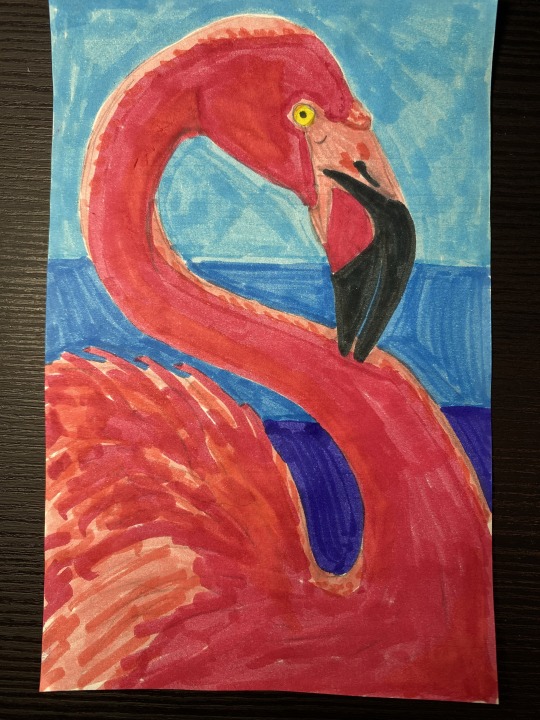
You can’t look at these birds that can live in boiling salty alkaline water and not say they qualify as BEASTS.
6 notes
·
View notes
Note
After reading some of your posts for the last few days, the shoe finally dropped that the "Nonavian" in "Nonavian dinosaurs" is non avian and not an adjective relating to some scientist or period Nonave or Nonavius or something like that🤦♀️
But since I'm already here, do we know of any extremophile prehistoric dinosaurs (or suspect that one might be)?
Because I know that flamingos can live under very extreme situations, but I wonder if there was an older dino that could deal with environments like that.
Not that I’m aware of, it might be hard to determine from the fossil record
17 notes
·
View notes
Text
Did you know?🌿
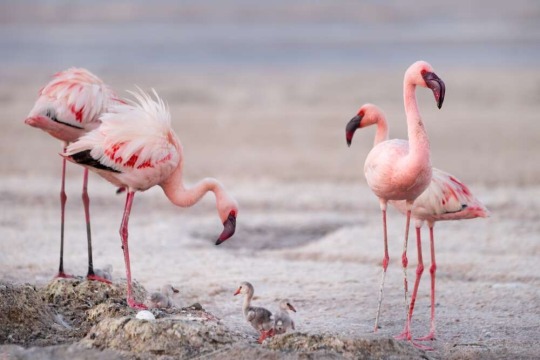
Flamingos are extremophiles, meaning they are a species capable of surviving in harsh environments. Flamingos can withstand direct UV exposure, as well as hot and cold climates. They’ve even been known to nest in corrosive lakebeds!
3 notes
·
View notes
Text
Extremophiles? In my bathroom?
2 notes
·
View notes
Text
B A B B Y T A P P Y
Tippy tap
#videos#kreature#babies babies babies in conclusion babies#pink flamingos#extremophiles#tippity tappity
53K notes
·
View notes